By Steve Martin. Republished with permission from the July 2015 issue of Fourteener Motoring Magazine.
Most Porsche 914 enthusiasts know that the 914 was a joint venture between Porsche and Volkswagen. But this fact over-simplifies the birth of the classic mid-engine car. The story of how the 914 came to be sheds light on the relationship between the two automakers, as well as the unique place the 914 holds in Porsche history.
It is well-known that Professor Porsche was commissioned to design the VW Beetle in 1934, which catapulted him onto the world automotive stage. Although WWII put a halt to VWs progress, by 1948 the Wolfsburg Volkswagen factory had been handed back to the Germans, following British control after the war. In an event that would prove to shape the early direction of Porsche, Heinz Nordhoff was appointed General Manager of the now-famous maker of the Beetle. At about the same time Ferry Porsche was beginning the company we now know as Porsche. In starting the new sports car company, the young Porsche turned to a supplier he knew well, VW. Since it was not efficient to build every part itself, Porsche sourced many of the components for their first cars from Volkswagen. The first 356s relied heavily on VW parts, and this relationship continued well into the 1970s. In a sense, all early Porsches could be thought of as somewhat of a joint-venture with the larger VW firm.
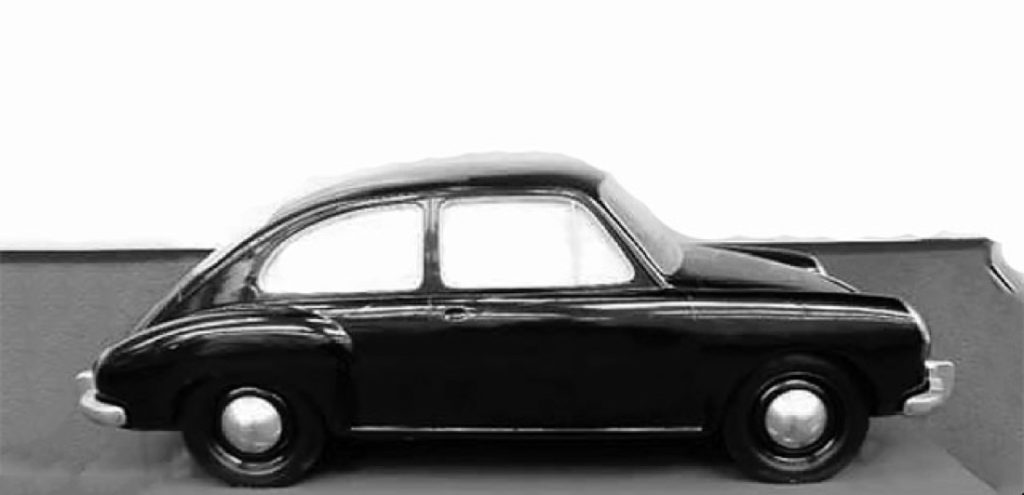
In addition to providing parts for Porsche cars, Nordhoff allowed the fledging automaker to use its extensive sales network around the world. This proved to be instrumental in getting the new sports cars into the hands of customers world-wide. Perhaps more importantly, however, the VW manager sent a constant flow of commissions and consulting work to the new sports car company. Ranging from electrical systems, engines and transmissions, to complete cars, VW hired Porsche to handle approximately sixty individual projects in the twenty years from 1948 to 1968. In the early days of Porsche, the company generated income by designing for other auto companies, and spent that money building its own world-class sports cars.
Notable projects that Porsche handled for VW, many of which never saw production, include an electric vehicle, the Type 402, the Type 534, and the Type 672 & 673 (which interestingly carried a rear-mounted flat-six engine). Porsche was also commissioned to design the Type 700 and the Type 728, as well as a replacement for the Beetle. Indeed, VW and Porsche worked hand-in-hand for a number of decades leading up to the seemingly inevitable joint venture that we now know as the Porsche 914.
The Type 728 is particularly interesting because it led to the production VW Type 3. The design was one of three (Type 672, 675, and 728) new exercises between mid-1955 and 1957. The commission called for a lightweight, unibody automobile, powered by a three or four-cylinder, air-cooled engine. The Type 728 ultimately became known as the EA 53. Seven examples were built for evaluation, with bodies provided by Porsche. Later Ghia would design the body, and the car would enter production as the VW Type 3 (Fastbacks, Squarebacks, and Notchbacks).

A primary result of the Type 728 exercise was the design of what has come to be called the ‘underfloor engine.’ Prior to this design VW and Porsche engines utilized an upright cooling system, with the cooling fan on top. The new design moved the fan to the end of the crankshaft, and allowed the power plant to be placed under the floor. This design would prove instrumental in the 914.
Another interesting early VW exercise was the Type 411. Although Porsche played no initial role in the development of the car, it would become very important in the development of the Porsche 914.
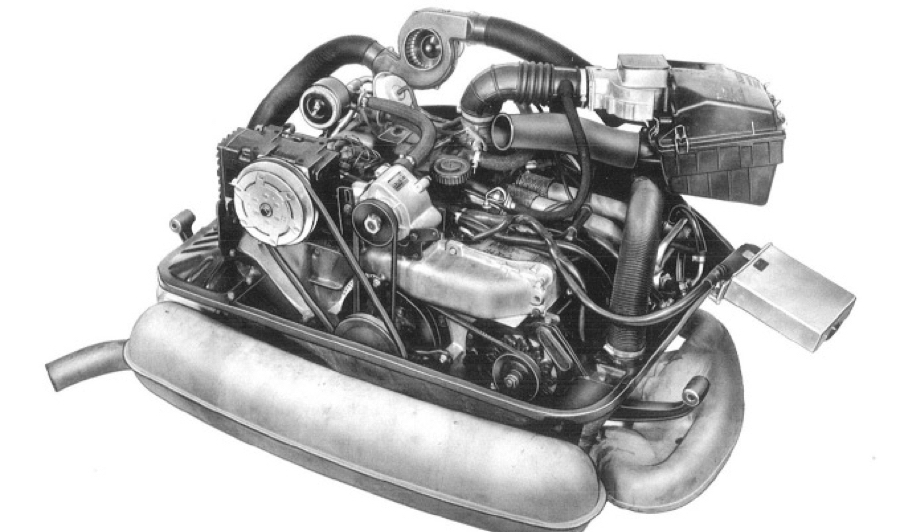
The EA 142, as it was known, was commissioned in 1962 and was first designed by Ghia. The project soon took a new direction under the care of Carozzeria Pininfarina. The car was redesigned, and 45 different prototypes in various body configurations were built. Once finalized, the production result was the well-known VW 411.
Many variations of the car were built. VW even considered using the 4-cylinder engine as the basis of a stretched six-cylinder powerplant.
Although Porsche played no role in the development of the 411, the engine from the car would become important to the development direction of their future cars, being used in both the 912E and our beloved 914.

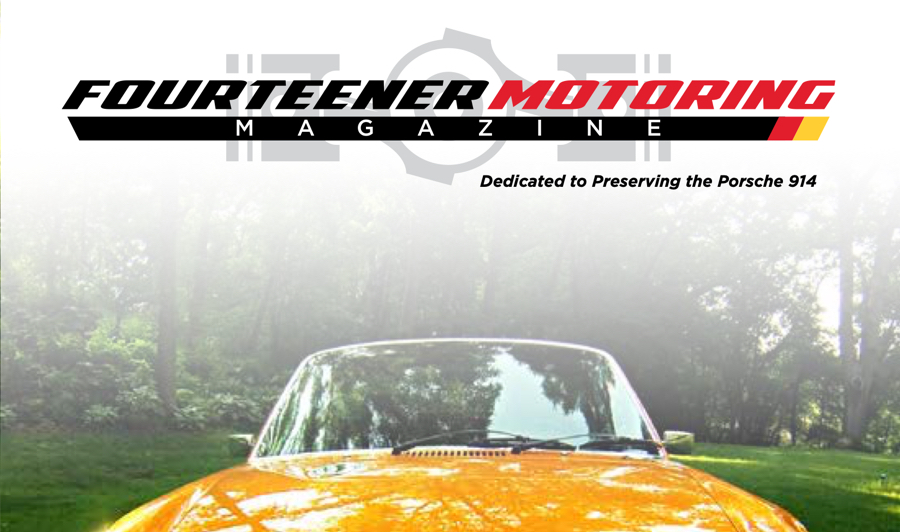
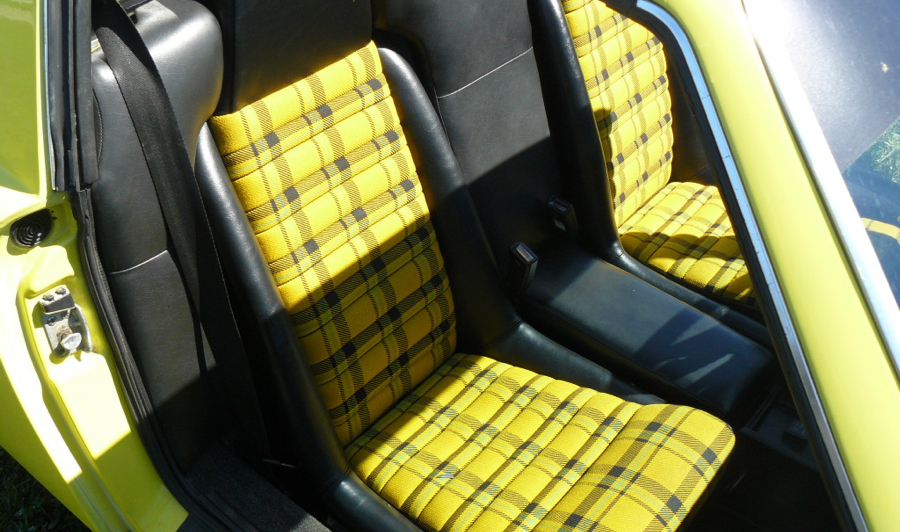
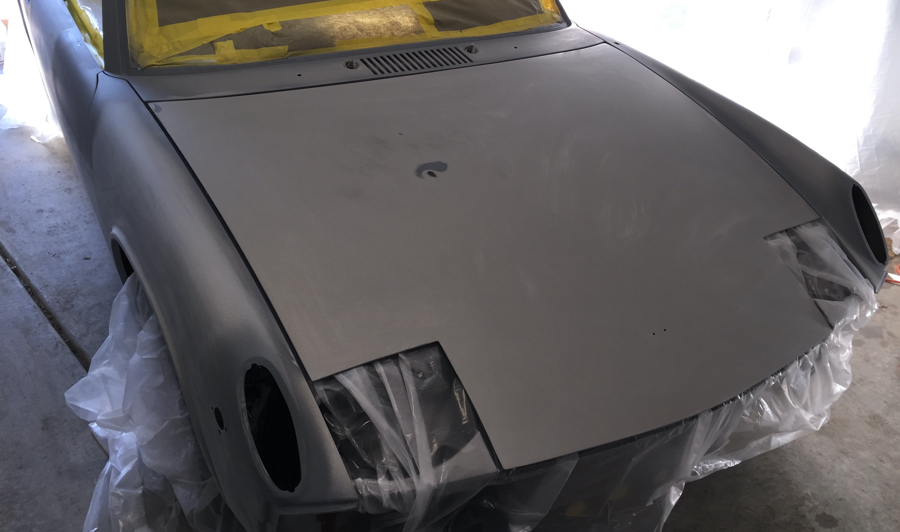


About The Author: Steve
More posts by Steve